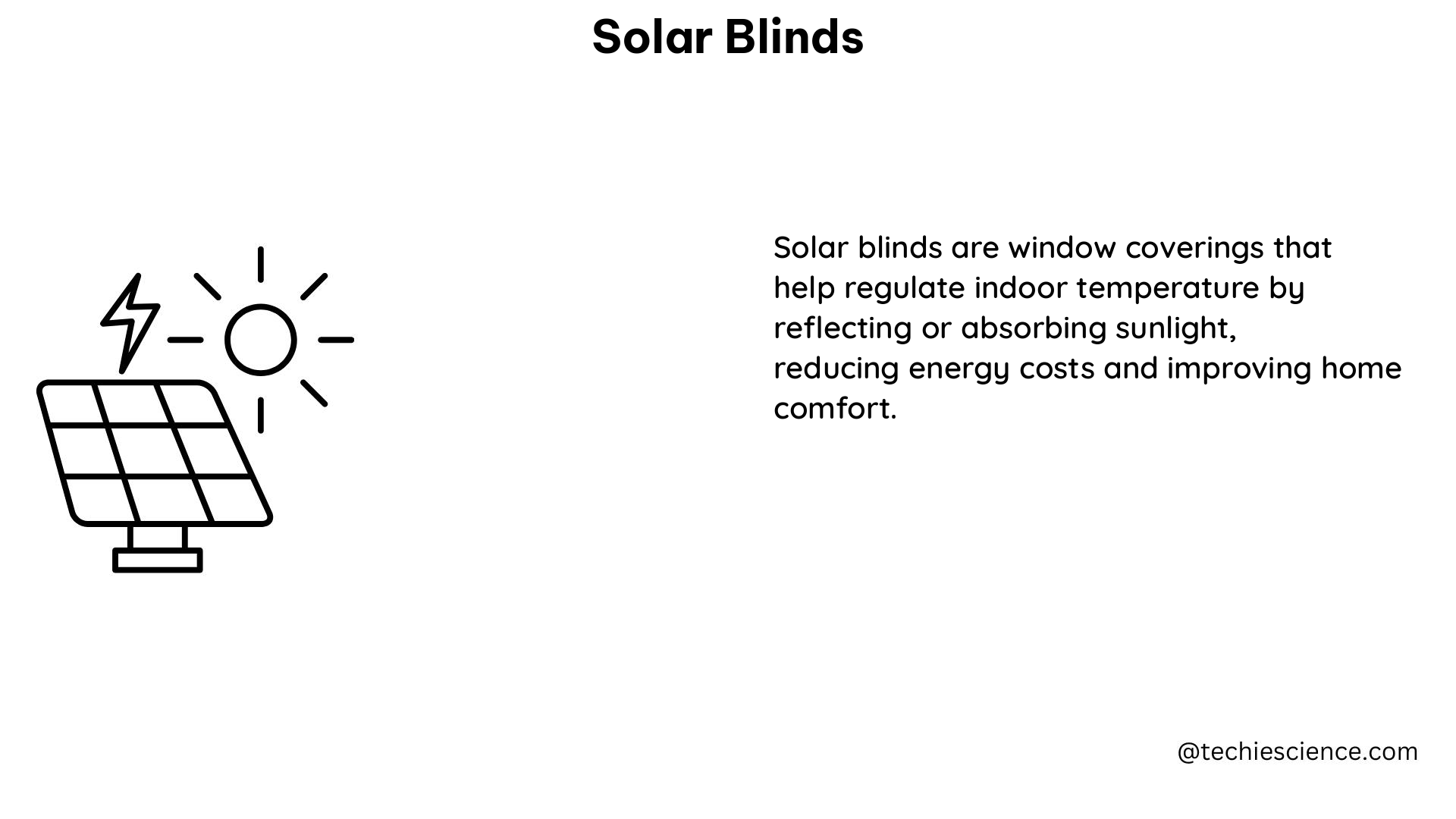Solar blinds, also known as solar screens or shades, are a versatile and highly effective window covering solution that can significantly reduce solar heat gain in buildings while still allowing for natural light and visibility. These advanced window treatments offer a range of measurable and quantifiable benefits, making them a popular choice for homeowners and building managers seeking to improve energy efficiency, comfort, and aesthetics.
Understanding the Key Performance Metrics of Solar Blinds
-
Solar Heat Gain Coefficient (SHGC): The SHGC is a crucial metric that measures the amount of solar heat transmitted through a window covering. Solar blinds typically have a SHGC ranging from 0.3 to 0.5, meaning they can block 50% to 70% of the incoming solar heat. This can lead to substantial energy savings, as reduced solar heat gain translates to lower cooling costs.
-
UV Blockage: Solar blinds are highly effective at blocking harmful ultraviolet (UV) rays, with the ability to block up to 90% of UV radiation. This protection can help preserve the condition of furniture, flooring, and other interior finishes, preventing premature fading and damage.
-
Visible Light Transmission (VLT): VLT measures the amount of visible light that passes through a window covering. Solar blinds typically have a VLT range of 5% to 30%, allowing for a significant reduction in glare and eye strain while still providing some natural illumination.
-
Glare Reduction: Solar blinds can reduce glare by up to 90%, creating a more comfortable and productive indoor environment. This is particularly beneficial in office settings, where excessive glare can impair visual tasks and lead to eye fatigue.
-
Insulation Value: Some solar blinds offer an insulation value, measured in R-value, which indicates their ability to reduce heat transfer through the window. Higher R-values correspond to better insulation performance, helping to maintain a comfortable indoor temperature year-round.
-
Energy Savings: By effectively reducing solar heat gain, solar blinds can save up to 15% on cooling costs in a building. This translates to significant long-term energy savings and a more sustainable, eco-friendly building operation.
-
Return on Investment (ROI): The typical ROI for solar blinds ranges from 5 to 10 years, depending on the specific product and installation costs. This favorable payback period makes solar blinds a wise investment for homeowners and building owners seeking to improve energy efficiency and reduce operating expenses.
Technical Specifications and Materials

Solar blinds are typically constructed using a woven or knitted fabric made of polyester or fiberglass, with PVC or metal coatings for added durability and performance. The fabric is often coated with a reflective layer to enhance solar heat gain reduction and UV blockage.
These window treatments can be installed either inside or outside the building, and they can be operated manually or automatically using motors and controls. The openness factor, which measures the percentage of open space in the blind, is an important consideration, as it affects the balance between visibility, natural light, and solar heat gain reduction.
DIY Installation Considerations
When installing solar blinds as a DIY project, it is crucial to accurately measure the window opening and select a product that fits the specific dimensions. Some solar blinds come with installation hardware and detailed instructions, while others may require additional tools and expertise.
It is important to consider the specific performance characteristics and warranty of the solar blind product, as well as any local building codes or regulations that may apply. Proper installation is essential to ensure the maximum energy efficiency and long-term performance of the solar blinds.
Conclusion
Solar blinds offer a comprehensive solution for improving energy efficiency, comfort, and aesthetics in buildings. By understanding the key performance metrics, technical specifications, and installation considerations, homeowners and building managers can make informed decisions and maximize the benefits of these advanced window coverings.
References:
- “Solar Shading Devices for Energy Efficiency” by the U.S. Department of Energy: https://www.energy.gov/eere/buildings/solar-shading-devices-energy-efficiency
- “Solar Screens: A Guide to Window Shading” by the Florida Solar Energy Center: https://www.fsec.ucf.edu/en/consumer/buildings/solar_water/solar_screens.htm
- “Solar Shading and Daylighting” by the National Renewable Energy Laboratory: https://www.nrel.gov/docs/fy14osti/61820.pdf

The lambdageeks.com Core SME Team is a group of experienced subject matter experts from diverse scientific and technical fields including Physics, Chemistry, Technology,Electronics & Electrical Engineering, Automotive, Mechanical Engineering. Our team collaborates to create high-quality, well-researched articles on a wide range of science and technology topics for the lambdageeks.com website.
All Our Senior SME are having more than 7 Years of experience in the respective fields . They are either Working Industry Professionals or assocaited With different Universities. Refer Our Authors Page to get to know About our Core SMEs.